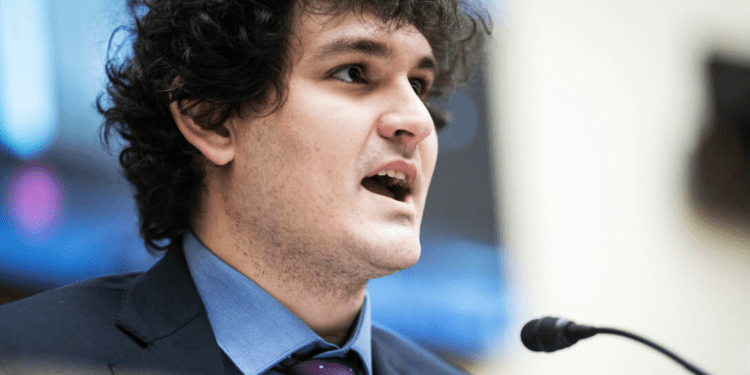According to a CNBC report, former FTX CEO Sam Bankman-Fried said he tried to lock down a billion-dollar deal to bail out FTX. The failed crypto exchange was filed for Chapter 11 bankruptcy protection on November 11 and had since then caused the cryptocurrency market to plummet.
He insisted that his current efforts were directed toward redeeming lost customer funds rather than closing a business arrangement.
Bankman-Fried told CNBC that traders and investors have “billions” of dollars in assets in jurisdictions like the United States “where there were segregated balances” and different funding options to compensate them.
FTX was once a centralized exchange and a multinational empire worth $32 billion. It has collapsed in less than a month.
As FTX struggled with funds, Binance – its competing crypto exchange – signed a letter of intent to acquire the exchange’s foreign operations. It filed for Chapter 11 bankruptcy protection. John Ray III was then selected as the new CEO. Ray has experience handling crumbling companies, including the reconstruction of Enron after it made headlines because of its massive downfall in 2001.
Bankman-Fried and Ray on the Current State of FTX
Bankman-Fried insisted he can still contribute to the company’s future even if he has been locked out of his company email address and all networks within FTX and its subsidiaries.
CNBC said he has been calling VC firms for funds over the past few days. Despite this, investors have stated that they can only think of a single company with enough money to save the crypto exchange.
Legal experts agree that an arrangement mediated by Bankman-Fried would be evaluated in the same manner as any alternative bailout proposal.
Meanwhile, Ray has expressed his support for a rescue plan. In a recent interview, Ray said that the cryptocurrency firm is exploring options to sell or reorganize its worldwide operations. In his 40 years of experience, Ray elaborated that he had never seen this much of a mess and disorganization.
The Bahamas Controversy
A jurisdiction with greater control in the bankruptcy process may decide whether or not Bankman-Fried signs the agreement.
With the company in bankruptcy in Delaware and liquidation proceedings in the Bahamas, billions of dollars in client assets are at a standstill.
In Delaware, Ray filed for Chapter 11 bankruptcy protection for FTX and its subgroups, but he excluded the Bahamas-based FTX Digital Markets. According to a submission from Ray, the FTX branch based in Nassau does not own other organizations.
To monitor the recovery of assets, the Securities Commission of the Bahamas has appointed its exclusive liquidators. It supports a Chapter 15 process in New York, which reaches foreign representatives.
The Bahamian government has said it moved customers’ cryptocurrencies to a separate account to “shield” them from creditors and customers.
However, the transactions were “unauthorized,” according to the FTX estate, which blamed the government for colluding with Bankman-Fried. The new FTX management has taken on the company’s Bahamian liquidators and requested a US court to interfere.
Assets are often protected throughout bankruptcy proceedings, so they cannot be reclaimed without the court’s approval.
According to FTX, the Bahamian group had no authority to withdraw funds. Elliptic, a data-based company, assessed the transfer’s worth at $477 million. FTX’s sloppy bookkeeping is primarily to blame for the chaos that has ensued in the wake of the bankruptcy.
One of FTX’s top executives compared the company’s planned $60 million investment in a new headquarters to the size of the campuses of tech giants Google and Apple. In contrast, the company recently sponsored a conference with SALT in Nassau.














